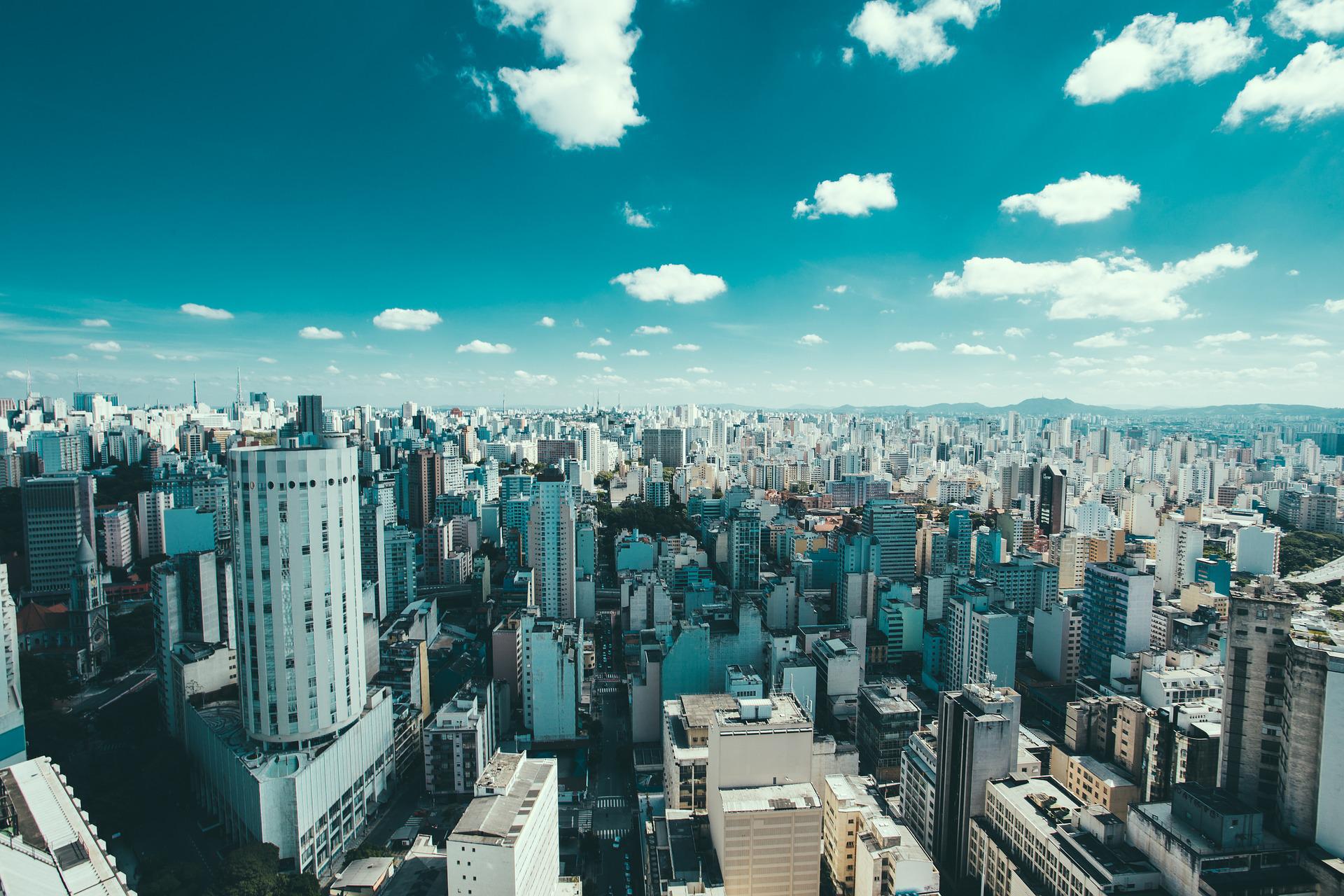
Brazil’s Dual Reaction to Forced Labor
In 1888, Brazil became the last nation in the Western Hemisphere to formally abolish slavery. Over the course of 300 years, an estimated four million Africans were brought to Brazil to work as slaves in sugar plantations and gold mines. Although no longer institutionalized, the tradition of slavery has yet to end in Brazil and still exists in the form of forced labor, debt bondage [and] degrading conditions that violate human rights or overwork that threatens life or health. The 2014 Global Freedom Index estimated that 155,300 people are currently enslaved in Brazil, most of whom are involved in agricultural or mineral production as part of a supply chain for large multinational corporations.
To combat the forced labor problem in supply chains, the Brazilian government launched the Pact for the Eradication of Slave Labor in 2005. Since its inception, over 400 public and private companies have signed the pact pledging to eliminate forced labor from all levels of their supply chain. To solidify their commitment to fair labor practices, the Ministry of Labor publishes the Dirty List every six months with the names of companies and employers who were caught using forced labor. If a company is caught using slave labor or using a subcontractor that employs slave labor then it is put on the list for two years until all fines and restitution are paid. The government also created a Special Mobile Inspection Group (GEFM) made up of police officers, specially trained labor inspectors and labor prosecutors who investigate complaints of forced labor. Since 1995, Brazilian officials have rescued over 50,000 people from slavery through the use of the GEFM. The International Labor Organization has frequently cited GEFM as an effective anti-trafficking model for other countries to follow.
While Brazil works to eradicate domestic forced labor, the government has spent the past two years employing international forced labor in the form of Cuban doctors. Brazil has a severe doctor shortage—especially in the remote and dangerous parts of the country. Cuba has a plethora of doctors and an oppressive regime that earns almost $8 billion a year off the backs of health workers it sends to poor countries. Four thousand Cuban doctors have been sent to Brazil since 2013 and under the terms of the “More Doctors Program,” the Cubans are not allowed to bring their families to Brazil and have no choice as to where they will be sent for their 36 month stay. The doctors only receive about a fourth of their monthly salary—the rest is paid directly to the Cuban government—which nets an estimated $270 million a year from this program. There are also consequences for Cuban doctors who disobey the rules: the Cuban government threatened to take the diplomas away from its doctors working in Brazil who have family members with them that don’t return to Cuba or in some cases even refuse to let the doctor back into the country if they leave their post. The government of Brazil has made a huge effort to eradicate forced labor in supply chain production but at the same time has continually overlooked labor trafficking arranged by its own government. The Brazilian government needs to demand fair labor practices for all workers in Brazil, regardless of nationality or industry.
Michelle Lillie is a Security Studies Master’s Degree candidate at Georgetown University’s School of Foreign Service.
Photo credit: Havana Times
